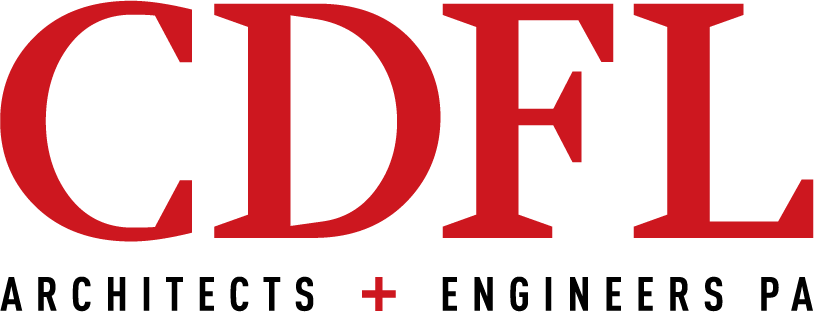Sawesome Furniture
This post was written by mechanical engineer David Luter. In his spare time, David designs and builds custom furniture for Sawesome Furniture LLC. To learn more visit the Sawesome Furniture website.
Furniture design, much like building design, is all about aesthetics and functionality. Outside of my everyday life as a mechanical engineer, I design and build custom furniture. While there are many more experienced, knowledgeable, and talented carpenters than myself, I hope that I can at least give a somewhat insightful glimpse into my design process.
My design process varies from piece to piece, but all have the same general outline. I’ll use tables as examples since they have the simplest and most straightforward process.
Dimensions
Many times the dimensions of a piece are determined by the space that will house it, but other factors are just as important.
– A dining table should allow enough room to comfortably dine without bumping elbows and busting knees.
– A coffee table should be big enough to be seen, but not so large that it overpowers the room.
Style
While the dimensions fall almost entirely under the “functionality” umbrella of the design process, the style falls almost entirely under the “aesthetics” umbrella. For tables, the three main elements are the top, the legs and the apron rail. Tying these three elements into one, cohesive knot is critical for the outcome of the final product.
– Top: The top should be interesting, but not busy. Many times I’ll find myself overdesigning the tabletop and will realize that there truly is beauty in simplicity.
– Legs: There are basically five options in legs: straight, pedestal, turned, tapered, and crossed. The legs are typically where I spend the majority of my design time since they can make or break the whole project.
– Apron Rail: The apron rail is the part of the table that attaches to the underside of the tabletop and wraps around the legs. Of the three elements of the table, this is the only optional one. Apron rails can wrap the legs or run into them. They can be straight or include slight curves and details.
Materials
When available, I use reclaimed materials. While it is possible to manufacture or simulate aging and distressing, there’s no way to fully duplicate the character that 50, 100, 150 years adds. My hope when I begin to select materials is that I can enhance the minute details in such a way that tells the story and history of the wood.
I believe that humans were designed to design. Whether it’s a building or a table, there’s an inherently satisfying feeling that comes with creating something from nothing. I have plenty of room to grow as a mechanical engineer and a carpenter, but I am truly blessed that I can experience this feeling on a daily basis.

